Two Lafayette students share their decision not to report their sexual assaults
Jane had a sexual history with her attacker, an upperclassman at Lafayette. But this night she was drunk. This time she was raped.
Lucy had history with the same guy. She was not raped the night she refused to have sex with him. But he hit her so hard he drew blood.
These women, whose names were changed to protect their identities, are not alone. They are among five students and former students who—in the past month alone—shared their stories of sexual assault and harassment with The Lafayette.
Only two of the five reported their incidents to public safety. Only one had her case resolved by the school, although not, she said, to her satisfaction.
The other three said that they were afraid to file charges. They were afraid of the men who had violated them. Afraid of backlash. Afraid they would not be believed.
Lafayette has labored to create an atmosphere sensitive to sexual abuse on campus. In recent years, in part because of federal mandates, the college updated its language on sexual assault to improve the clarity of the reporting process. It increased education during first year orientation, and established Sexual Assault and Sexual Harassment (SASH) advocates, as well as an assault survivors group for victims on campus.
Some experts say, however, that good intentions are a hard sell in a campus hook-up culture that favors male entitlement and female submission.
“It’s part of rape culture, which is the larger culture, where men and women are, in many ways, trained for rape to occur,” said Susan Basow, professor of Psychology and Women and Gender Studies at Lafayette.
Not only is assault happening on campus, victims said they’re uncomfortable reporting to campus authorities or pursuing counseling.
“I went to the Bailey’s counseling center and they were remarkably unhelpful,” Jane said. “I don’t think the counselor understood what consent was. I think she said, well that wasn’t really rape because you were just drunk. ”
Melissa Garrison, a counselor at Bailey Health Center, responded: “We don’t define sexual assault for the clients… It’s more about helping them find their own words to describe what transpired and what happened.” Garrison acknowledged, however, the process allows room for misinterpretation.
Jane admitted that she had trouble defining her rape for herself, because of her previous sexual relationship with her attacker.
“I felt as if I really couldn’t call it assault because we had had sex before, [although] I knew deep in my heart that an intoxicated person can’t give consent,” she said.
Her attacker “called me the next day insisting that what happened wasn’t rape,” Jane said.
It was, according to the Rape, Abuse & Incest National Network (RAINN), the nation’s largest abuse network and hotline. Each sex act must be consensual. If the victim is too drunk or high, it is not consent.
In Jane’s case, her partner had asked her to try a sex act that she found repellent. She told him she would never do it again. He waited until a night when she was extremely drunk and forced her to repeat the act.
“Consent to previous activities has no bearing on whether they have consented to what’s happening today,” said Scott Berkowitz, president and founder of RAINN. “…the fact that they were in a relationship previously doesn’t really [count].”
There are clear-cut definitions for rape, sexual assault and sexual harassment. So what makes this issue seem so blurry to so many?
Mixed messages about sex and consent, where men believe they are engaging in normal sexual activity and women believe they are being assaulted, have a lot to do with the different ways that men and women are socialized, Basow said.
Men are encouraged to be dominant and persistent; women receive much more contradictory messages about when and with whom to engage in sexual activity. Combined with this is a sense of male entitlement to submission from women, Basow added.
The upperclassman who raped Jane later turned his attention to Lucy. He came into her room, undressed and asked for oral sex. When she refused, he became angry and violent.
The next morning, Lucy said, he exclaimed, “Oh wow, that’s a lot more blood than I expected. Don’t tell PSafe.” Then he launched a texting campaign.
“I promise it’ll be less than 5 minutes of head,” he wrote.
“I’ll give you $5 for 5 minutes,” he added.
Basow said the upperclassman “may be particularly insensitive and callous, but he’s probably pretty typical, unfortunately. He may get lots of social approval…other guys may at least be afraid to criticize him.”
It would be easy to dismiss Jane and Lucy’s attacker as a Neanderthal, but Berkowitz noted “a vast majority of rapes are committed by serial rapists.” More than 90 percent of college rapes are committed by less than 4 percent of college men.
“Guys in many ways have much more clout with other guys, but that’s not often what is seen,” Basow said. “I think certainly that other women need to really get their priorities better ordered to realize that they need to support their sisters.”
For Jane, it took leaving Lafayette to find that supportive climate.
“After transferring, I came to a very welcoming and understanding place,” she said. “There were posters up all over campus saying, ‘We’ve had sex before isn’t consent,’ ‘Intoxicated people can’t give consent,’ and it’s such a part of the culture here to understand consent that it was really for the best that I left.”





















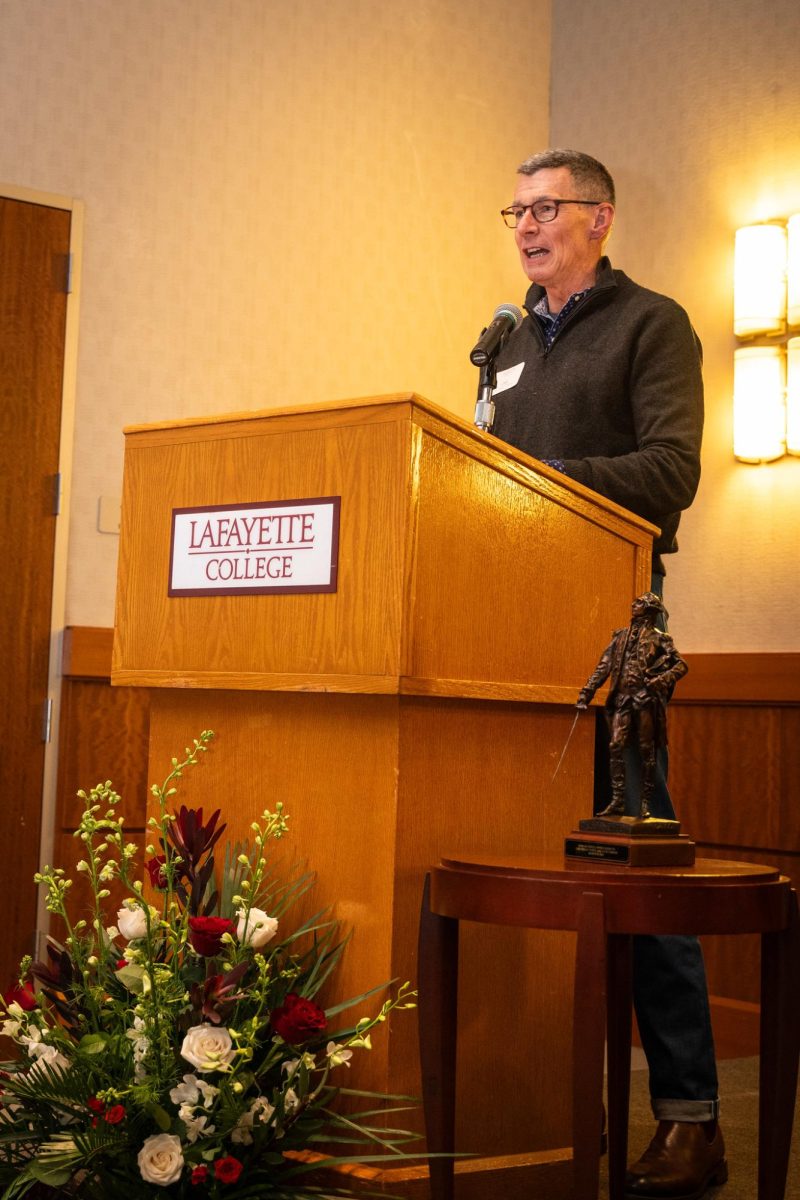
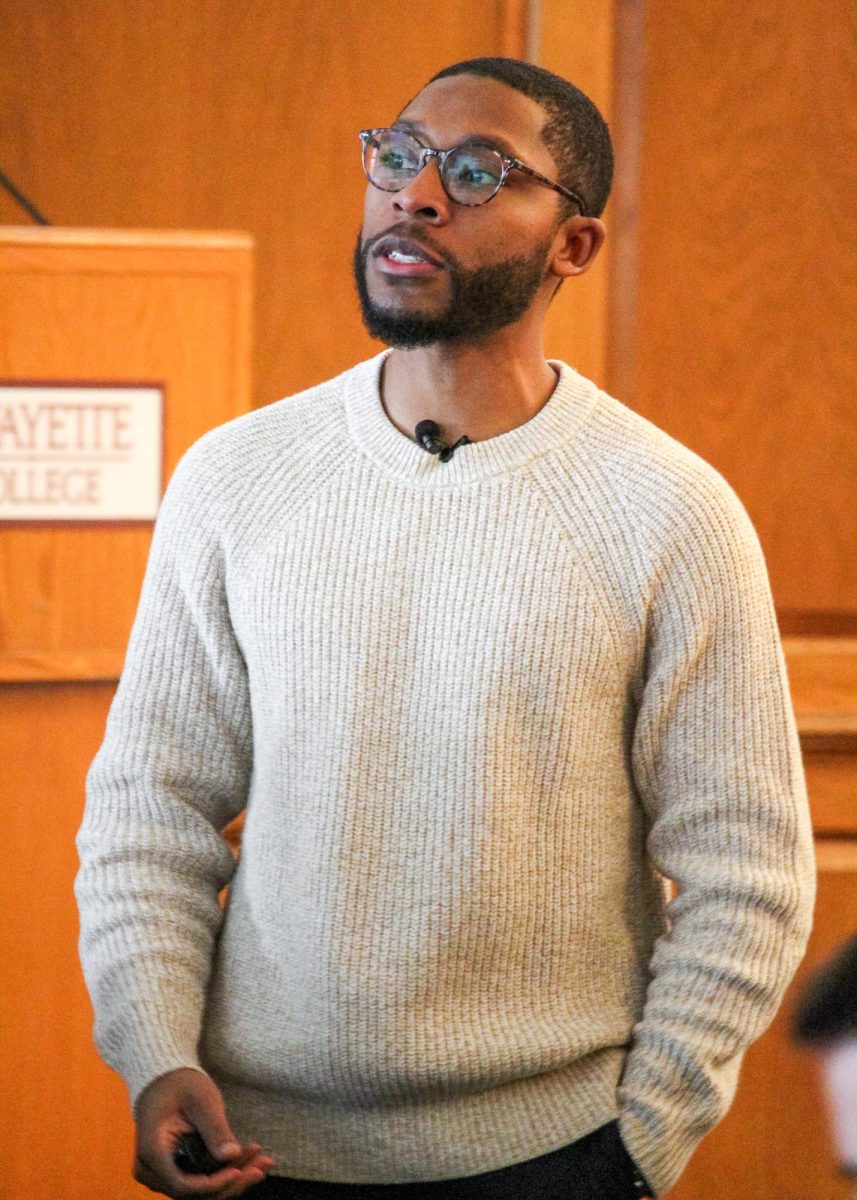


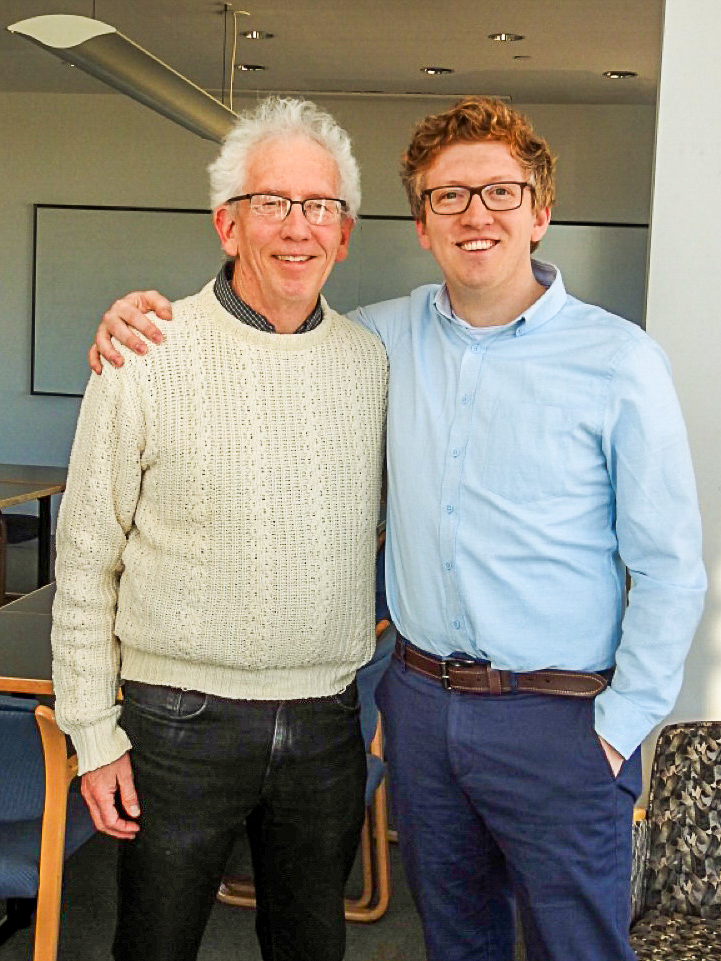











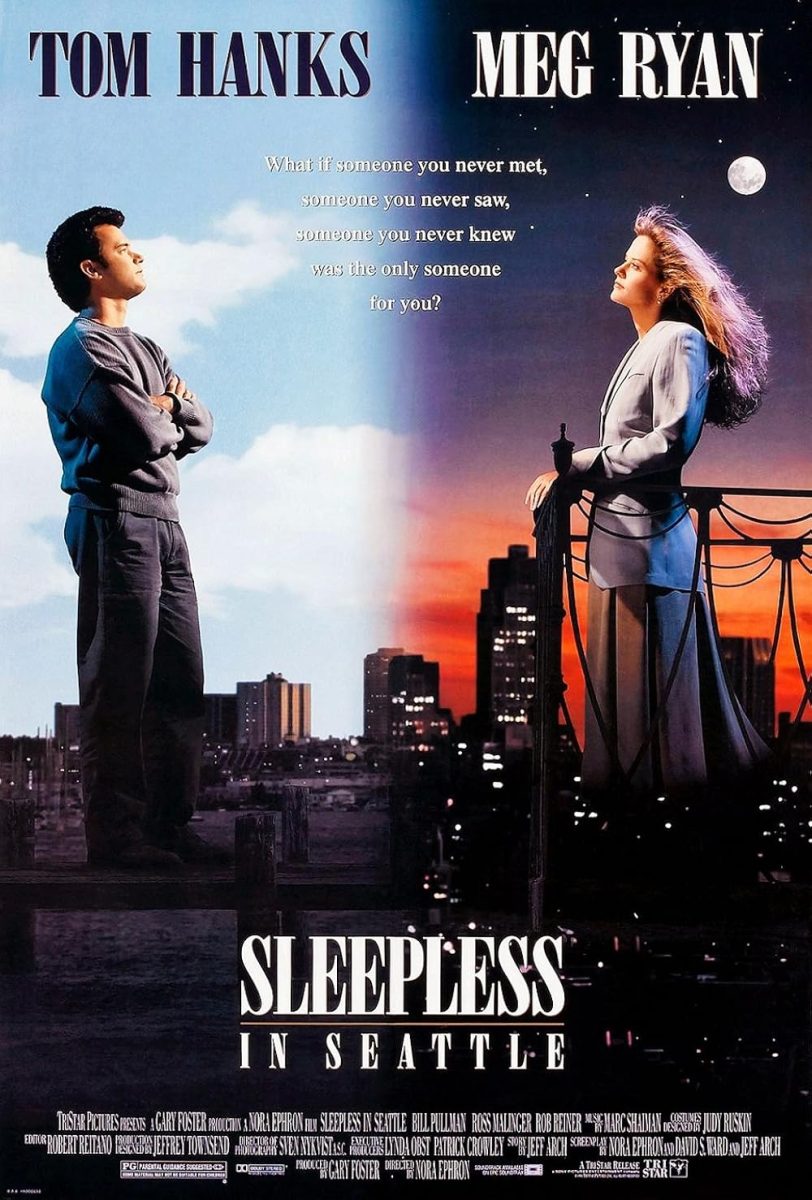



































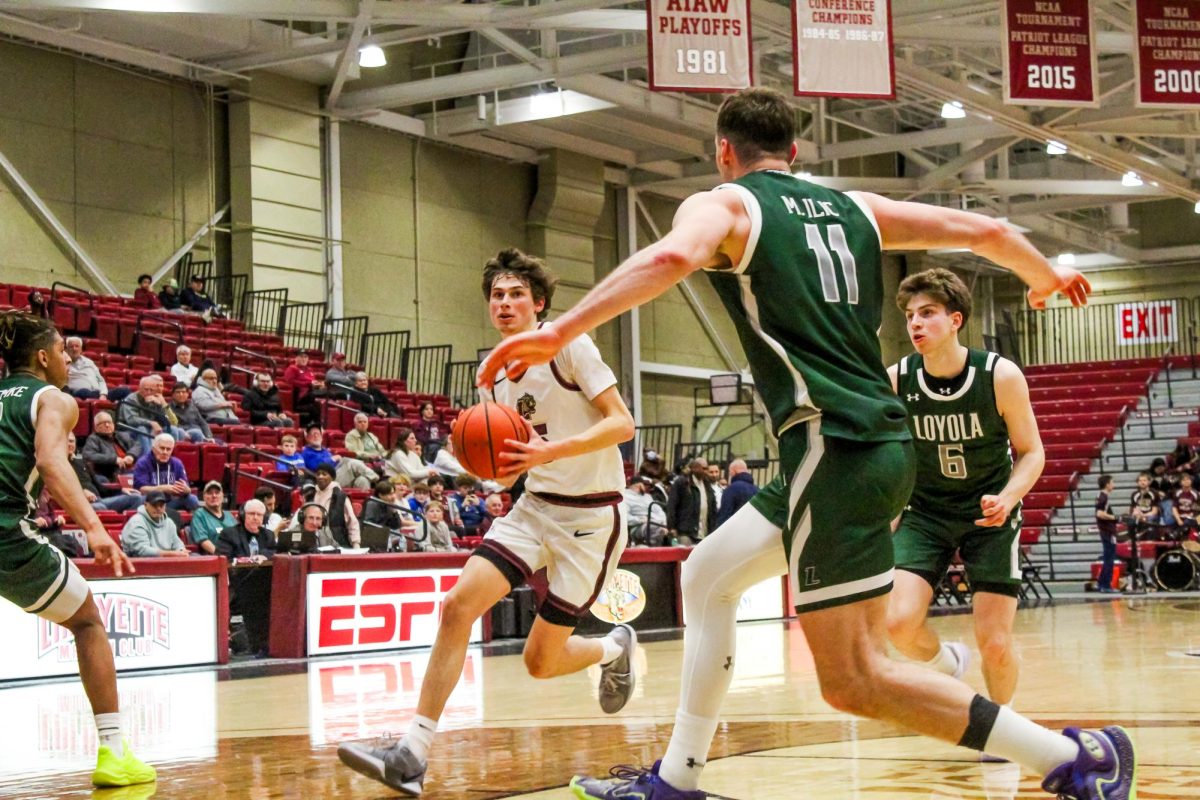































![Lucy, a victim of assault and sexual harassment at Lafayette, was too afraid of the assailant to report.
[Photo by Hana Isihara ‘17]](https://lafayettestudentnews.com/wp-content/uploads/2015/04/Sexualassult_HanaIsihara17.jpg)
William Messick • Apr 21, 2015 at 7:43 am
Why aren’t the assaults reported to the Easton Police? Wouldn’t this root out the 4% and get them off campus?
Bill Messick ’68
[email protected]